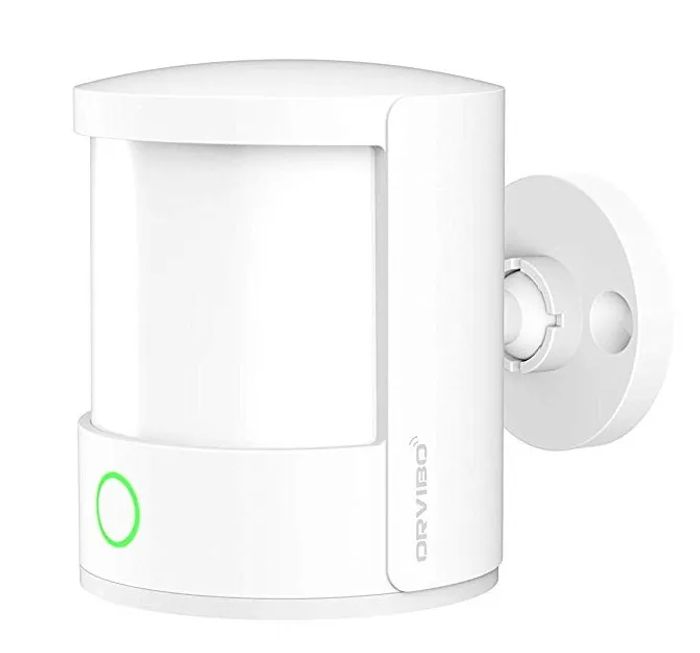Smart Factory
Smart factory, the new capability of Internet of Things (IoT) in modern production
Smart factories for a changing world!
Along with the development of information and communication technology, the Internet and wireless networks in the field of industry have also experienced profound changes. In this regard, factories have shown more flexibility in response to these modern disturbances. The smart factory is a new generation factory based on the Internet of Things (IoT), which has been proposed in production management. The smart factory produces, transmits, receives and processes essential data and uses them to produce all kinds of goods.
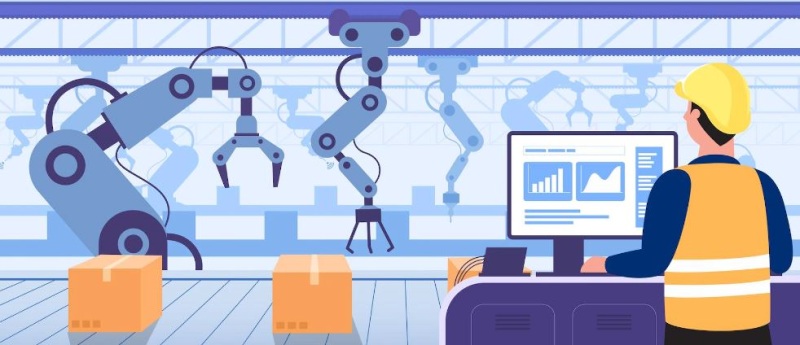
What is a smart factory and how does it work?
Many traditional factories use automated machines such as barcode scanners, cameras and digital production equipment in different parts of their production process. But these devices are not connected. People, assets, and data management systems in a traditional factory all operate in isolation and must be manually coordinated and continuously integrated.
Using Internet of Things (IoT) technologies, a smart factory integrates machines, people, and big data into a single ecosystem in ways that make it possible to measure, measure, control, and communicate everything that happens throughout the manufacturing process. In fact, with the smartness of a factory, not only the data can be managed and analyzed as good as possible, but also to predict trends, events and implement the workflows of an intelligent production, the collected data set, interpreted and new insight in the direction of optimization. Management of production processes is provided.
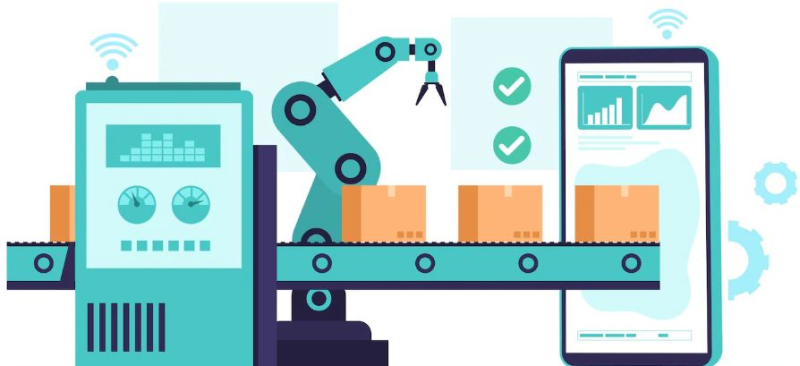
What technologies are used in an intelligent factory?
Smart factories use different types of technologies related to the fourth industrial revolution (Industry 4.0) to optimize smart production processes. These technologies include:
- Sensors
In certain stages of the production process, sensors are used to collect data that can be used to monitor the processes. For example, sensors can monitor temperature or other variables and automatically correct any problems or alert staff. These sensors can be connected to a network to provide joint monitoring of multiple machines.
- Cloud computing system
Storage and processing of data collected from sensors is done through cloud computing. Therefore, large amounts of data are loaded, stored and evaluated and provide feedback to make decisions as quickly as possible.

- Big data analysis tools
As more data is collected, it can be used to provide insight into how a manufacturing process is performing. Big data allows error patterns to be identified and quality assurance predictions to be made more accurately. This data can be shared between factories or even different organizations to solve common problems and further optimize processes.
- Virtual Reality (VR) and Augmented Reality (AR)
Augmented reality (AR) is a digital technology that overlays digital information throughout the real world and allows viewing of this information through a smartphone. While virtual reality (VR) is a wider virtual world that requires special glasses, both of these technologies can help intelligent factory operators organize products, production tasks, and maintain and repair equipment.
- Actuator
Before answering the question of what is an actuator, we need to know about programmable logic controller or PLC. A programmable logic controller or PLC is actually a special type of computer that is designed for reliable operation in special industrial conditions such as very high temperatures, humidity, dryness, etc. Each PLC consists of three main parts including input, processor and output. Now imagine that you have an electric motor with a power button and you want to turn on the motor when you press the button, and turn off the motor when you press it again. This function is similar to the function of the power button on the TV remote control.
This button is actually the same operator or Actuator. Operators, which are among the most important equipment in factories, especially in the oil, gas and petrochemical industries, make operations to be carried out continuously with high efficiency and complete safety, and therefore their presence is vital.
Top features of smart factory
With the explanations given about the smart factory, many features probably come to your mind, and we will introduce the best ones below.
- Collecting and analyzing data automatically with the help of the Internet of Things (IoT)
The equipment in smart factories are connected to networks so that they can collect information intelligently and accurately and quickly with the help of the sensors in them and transfer it to the data management center. In addition to leading to faster and more effective collaboration between manufacturers and suppliers, this feature also increases internal interaction between departments in the factory.
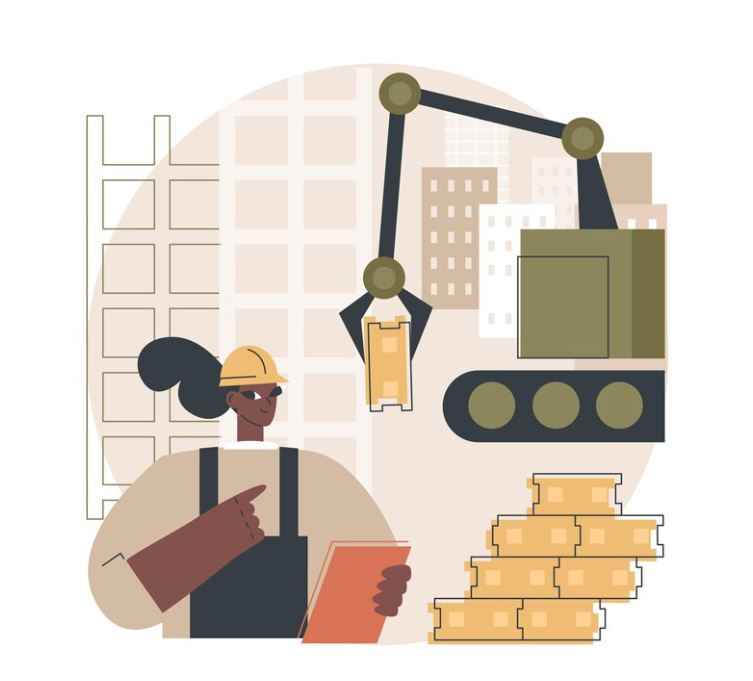
- Management of machines in the factory
Technologies available in smart factories enable humans to detect abnormalities in raw materials and also final products by computer. In addition, the sensors in the machines not only allow the detection of the undesirable operation of the production components, but also automatically order the necessary raw materials before reaching the set limit. In fact, this feature allows you to identify and solve problems before starting work.
- Better decision-making and optimization of productions
A smart factory optimizes its production operations through automation. Optimizing concepts such as achieving reliable production capacity, predictability, increasing production time and efficiency, and minimizing production costs with an emphasis on increasing quality. Intelligent automation dramatically reduces the need for human intervention, which reduces errors.
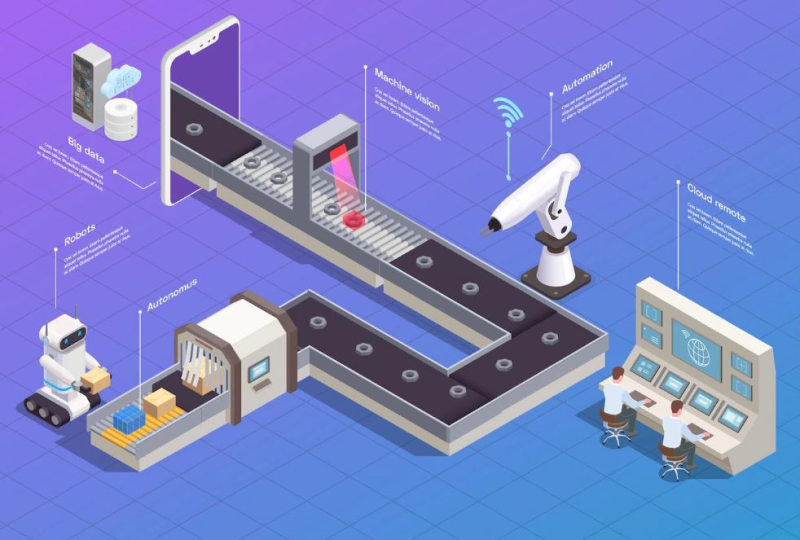
The most prominent advantages of the smart factory
In the following, we will examine some of the most prominent advantages of factory automation.
- Cost reduction and profitability increase
One of the most important advantages of a smart factory compared to other factories is low costs. Costs related to energy consumption are among the most expensive parts of any factory. In the process of making factories intelligent, all the equipment in the factory are connected to each other and have the ability to be tracked. As a result, factory managers can plan to optimize energy consumption in that department by observing the amount of energy consumed by each department, if the consumption of one department is significantly different from other departments. The smartness of the factory also provides the possibility to identify the inactive parts of the factory and turn off the devices of that part, control the lighting and heating and cooling of that part to prevent the waste of energy resources of the factory.
- Integration of essential processes
Connecting basic processes and components may not be considered an advantage in a smart factory, but a necessity in such places. In order to collect data and make decisions, these factories need this stable connection in order to receive up-to-date descriptions and reports. Increasing the efficiency of the supply network requires the integration of operations within the business, therefore, the connection of processes is considered one of the current affairs in these types of factories.
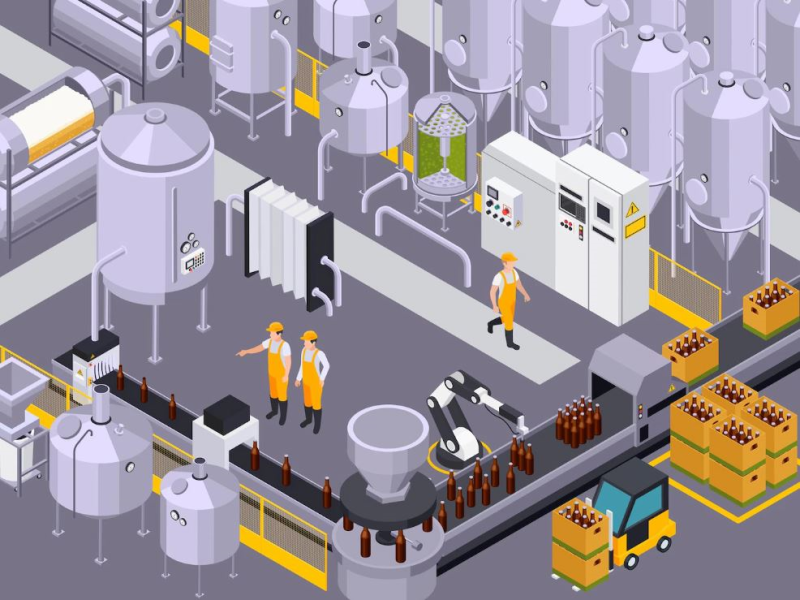
- Data transparency
In a smart-style factory, all collected data, finished products, physical assets, etc. are transparent and clear. Therefore, real-time tracking and monitoring can be done in this illustrated network and more accurate decisions can be made and implemented through these facilities.
- Anticipating challenges
The activation of systems in a smart factory promises early identification of challenges for the employees of this complex. Therefore, in such factories, there is no place for anomalies, running out of stock, safety problems, etc. The only thing that stands out is the improvement in efficiency, quality and real-time predictability of future results.
- Optimizing operational processes
The purpose of optimizing operations in a factory is to perform all tasks with the lowest error rate and the highest level of confidence in order to increase efficiency. The quality of production processes and reduction of costs and waste are among the brilliant results of this. Therefore, optimization is not included in just one category and brings all the components such as energy consumption monitoring, data tracking, asset circulation to its owners after making the factory smart.
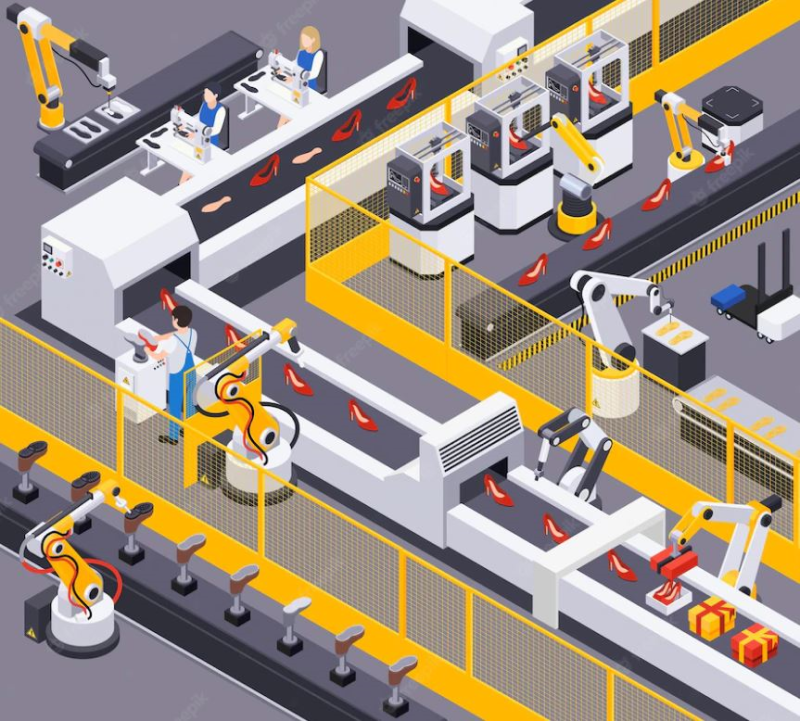
Creating a smart factory with the IoTSmile smart platform
Upgrading a factory to be “smart” can seem like an expensive undertaking, but you can make quick and effective changes without having to replace every machine in your production chain. The IoTSmile smart platform provides the basis for a quick and low-cost upgrade of a traditional factory to a smart one, and by optimizing processes, they bring gifts such as increasing sales, reducing costs, and saving time in the entire production process to factory owners.
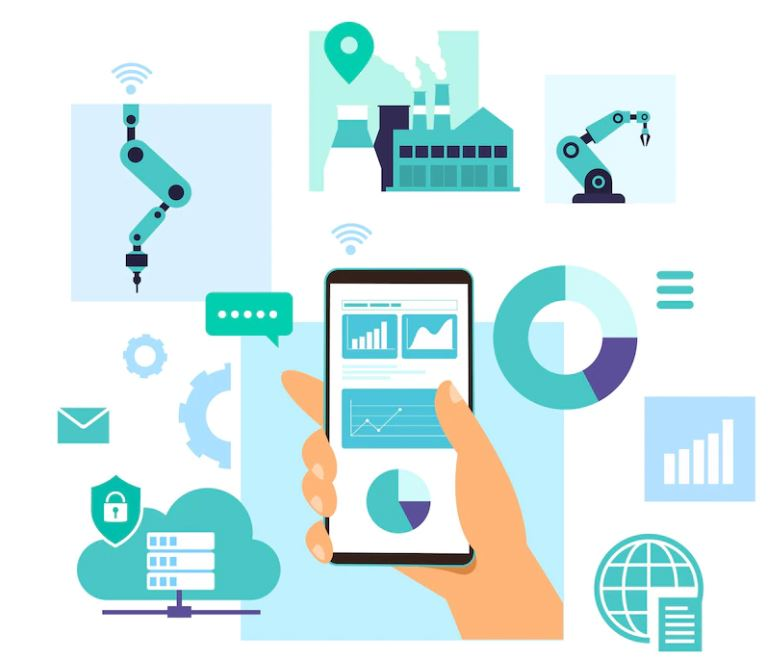
In the end, we hope that we have been able to provide you with appropriate information by introducing and examining the advantages of smartness of factories.
To receive advice and prepare any of the products, you can contact us by calling the numbers announced on the site, sending an email or registering a ticket. Our colleagues are ready to answer and guide you.
References:
- Twi-global: WHAT IS A SMART FACTORY? (A COMPLETE GUIDE)
- Ottomotors: What Is the Smart Factory and Its Impact on Manufacturing?-Feb 07, 2023
- Avsystem: What is the smart factory? The impact of factory 4.0 on manufacturing-March 12, 2020
- Smartfactory: Smart Factory understands manufacturing
- Abas-erp: What is a Smart Factory and its Role in Manufacturing?
foundNothing



